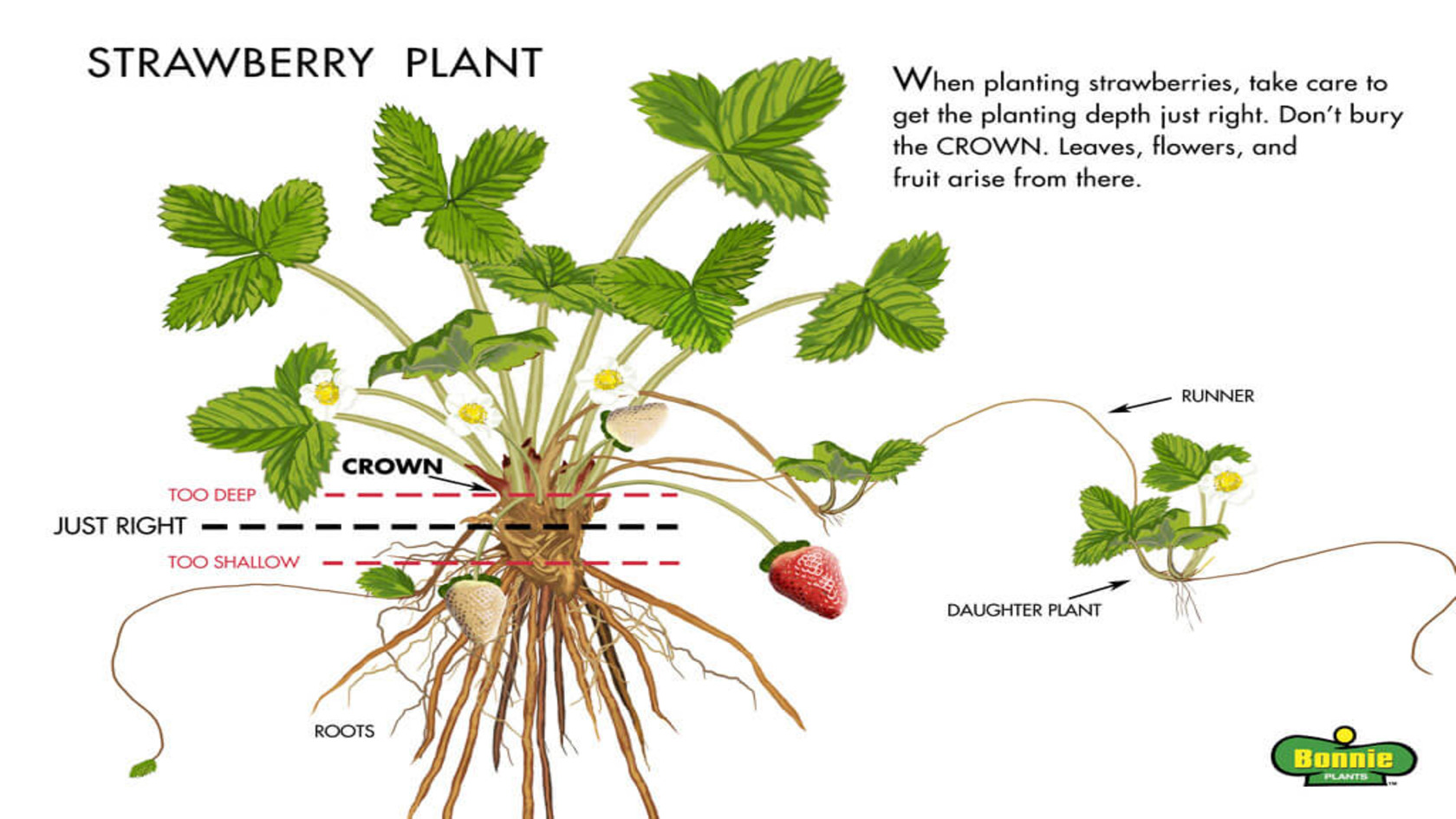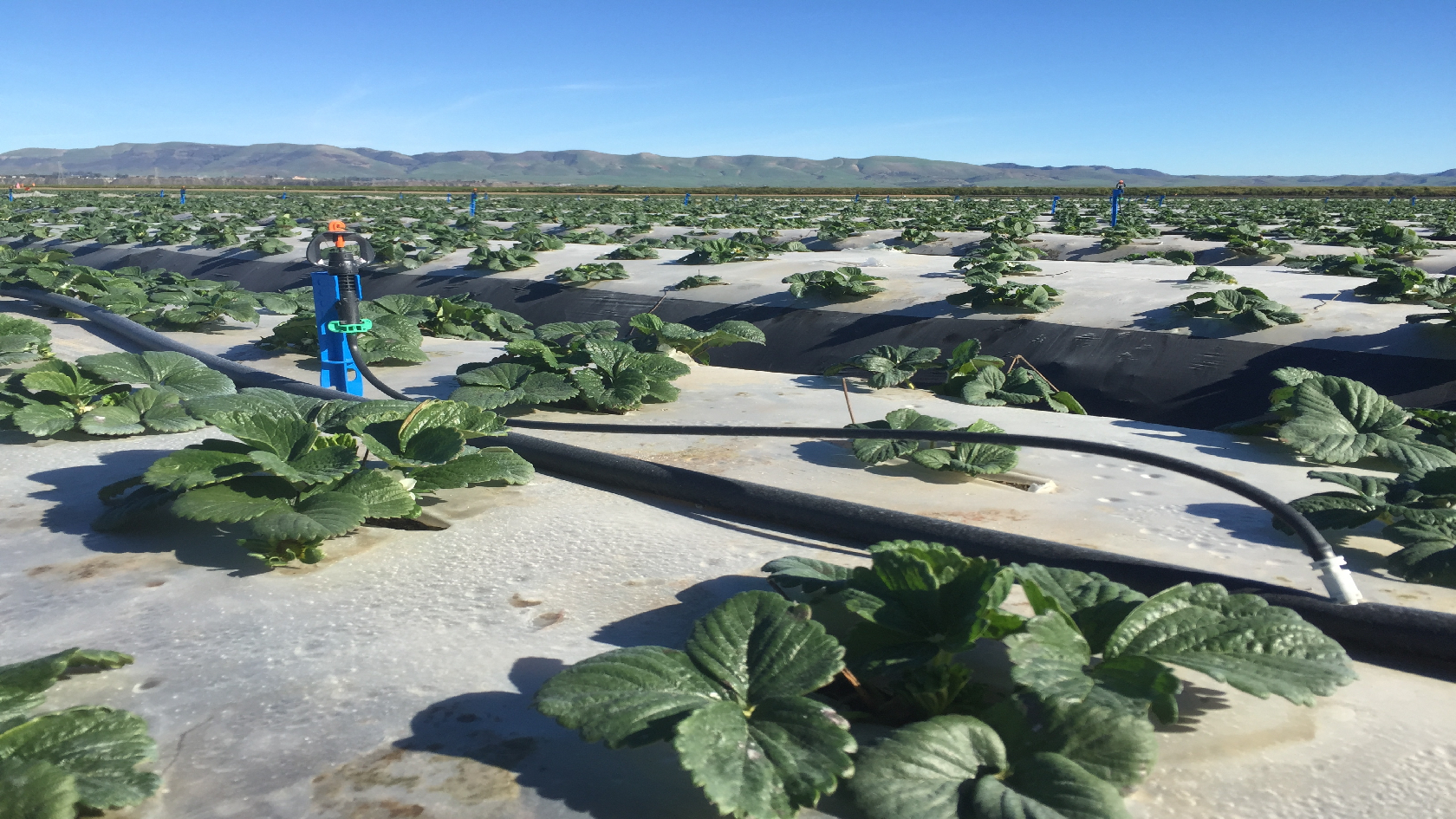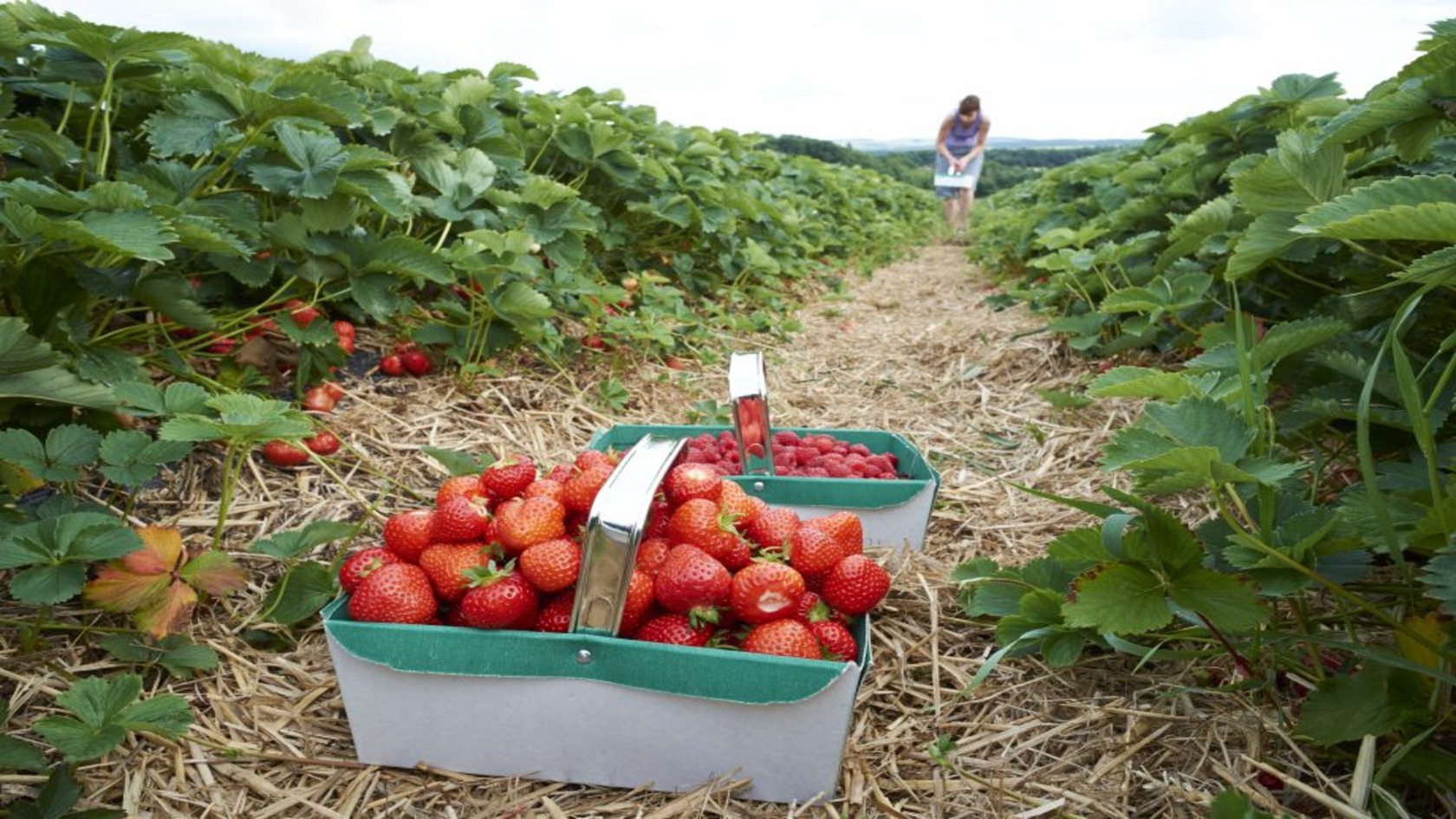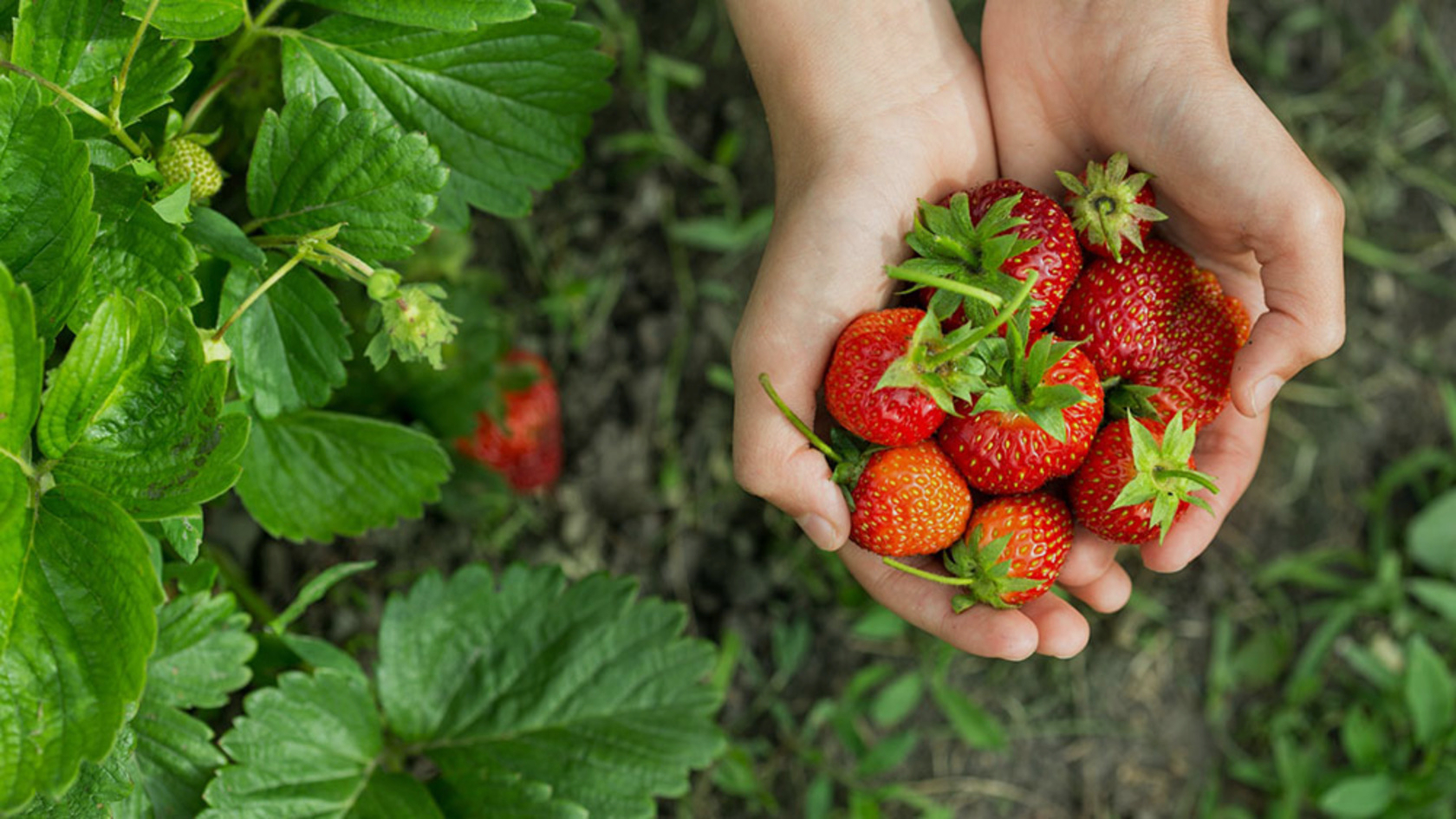One of the most popular berries around the world is strawberries. This is due to its high performance when the plants find the optimal conditions for their vegetative development, flowering and fruiting. In addition, profits can be increased by following a personalized fertilization program like the one you can find in i-Plant Nutrition. Find out more about this crop and discover why it is related to the straw in its name. 1. LEARN MORE ABOUT THIS PLANT Strawberries form the genus Fragaria, similar to many other fruits that we consume in our daily life, belong to the Rosaceae family. Since prehistoric times, there is a record of the knowledge of the wild strawberry in the Alps. Certain references have also been found about its cultivation as ornamental plants during Ancient Rome. However, the origin of the strawberry we grow nowadays all around the world is in North America. From this area, they were introduced in Europe by the first settlers from the state of Virginia in the United States. It is not well known why those berries are related to “straw” in their name. The most accepted version is that originally they are called strewn berries in reference to their spread growth, letting the berries strewn about the ground. On the other hand, when presented on sale in old markets it was common to place the berries over some straw to preserve its moisture and to be protected.
We could say that each strawberry is not a fruit, but a false fruit, since in reality it is the result of a thickening of the floral receptacle on which we can find a large number of seeds, which are indeed a group of fruits. The leaves of this plant appear in a rosette, around the stem that, in this plant, is called a crown due to its conical shape. These leaves lose a large amount of water through perspiration since they have a large number of stomata. For this reason, it is recommended to grow them in a greenhouse or in plastic tunnels that maintain their turgor.

Image: Bonnie plants
The physical appearance of the strawberry plants varies depending on the time of year. In spring, there is a great vegetative activity, flowering and fruiting. This happens especially in the first years of life. Afterwards, fruit production begins to decrease considerably. In the hottest months of the year, these plants generate reproductive structures called stolons. For its cultivation, it is recommended to use this type of reproduction, since its growth from seeds is slower and less effective. In the colder months of the year, the strawberry plants go dormant and their vegetative activity decreases dramatically until the long days of spring arrive again. 2. Edaphoclimatic requirements It is very important to choose a suitable substrate for this crop, since it is not a very resistant plant against adverse situations. Strawberries need aerated, well-drained substrates so we do not produce an accumulation of salts in the substrate at any time. You can find more information about the nutritional preferences of strawberry using i-Plant Nutrition software. The optimal amount of water together with a proper fertilization program would let you obtain a great number of strawberries with the best quality. It is an optimal plant for greenhouse cultivation since it has roots that in a very low percentage exceed a depth of 15 cm. Its characteristics allow it to be easily grown on rock wool or perlite.
Some strawberry varieties can endure low temperatures of up to 2 ⁰C and maximum temperatures of up to 40 ⁰C. However, having an optimal room temperature is especially important for fertilization, which will give rise to what we have already defined as false fruit. For this, a temperature between 12 and 25 ⁰C with a humidity of 60 to 80% is essential. In those locations in which the temperature is very cold, it is recommended to protect the crop with the use of mulches with coconut fiber, straw or rock wool.
Something that increases production significantly is the implementation of bumblebees in charge of pollination. They have been shown to have a perfect morphology for strawberry plants and its presence increases considerably the yield
Currently, the most widely used irrigation is drip irrigation and cultivation systems are widely varied. The use of soilless suspended support systems is increasing, allowing high fruit production and easy handling by farmers. If you have a space with the optimal conditions to grow strawberries, we encourage you to do so and we will support you with the best advice from i-Plant Nutrition.
 3. Performance and profitability
Comparative studies showed that the strawberry production obtained in the greenhouse duplicates the one
obtained when these plants are grown in the field. The yield obtained per hectare in the open air is 15 tons
per year, while in the greenhouse it is approximately 40 tons per hectare. In addition, the results obtained
indicate that the most beneficial system for the farmer is strawberry cultivation in the greenhouse. This
recommendation is based on its lower cost when compared with similar cultures in open fields and the
increase in the plants' lifespan. In addition, the losses that the Botrytis fungus produce in open fields
are reduced when strawberries are cultivated in greenhouses. This reduction in fungal and insects attack
also produces savings in the cost of disease management and pest attack.
3. Performance and profitability
Comparative studies showed that the strawberry production obtained in the greenhouse duplicates the one
obtained when these plants are grown in the field. The yield obtained per hectare in the open air is 15 tons
per year, while in the greenhouse it is approximately 40 tons per hectare. In addition, the results obtained
indicate that the most beneficial system for the farmer is strawberry cultivation in the greenhouse. This
recommendation is based on its lower cost when compared with similar cultures in open fields and the
increase in the plants' lifespan. In addition, the losses that the Botrytis fungus produce in open fields
are reduced when strawberries are cultivated in greenhouses. This reduction in fungal and insects attack
also produces savings in the cost of disease management and pest attack.








